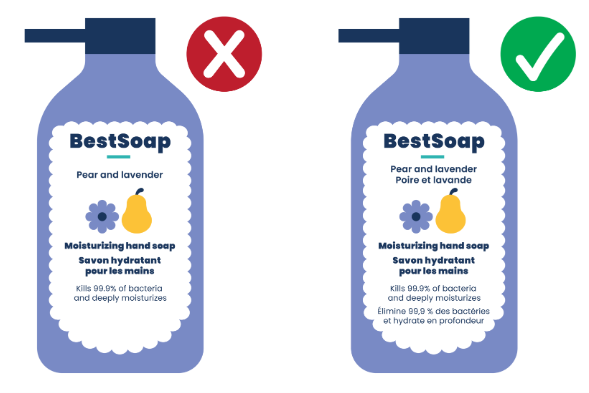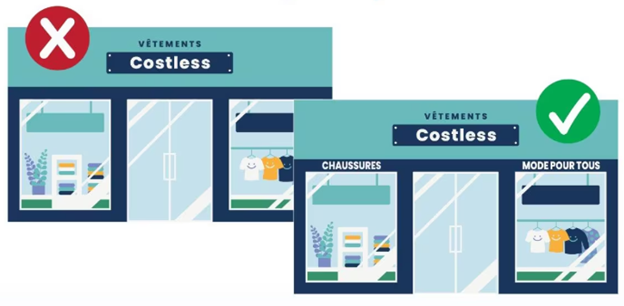What You Need to Know About Trademark Use and the Charter of the French Language in Quebec
More recently, in June of 2022, Bill 96 was enacted by the Government of Quebec. This Bill amended various sections of the Quebec Charter of the French Language, particularly ones related to restricting the use of languages other than French when conducting business in the province of Quebec. Since then, the Government of Quebec has also released draft Regulations, intended both to further amend certain parts of the Bill as well as to provide clarification for some of the upcoming changes to the Quebec Charter of the French Language. A draft Regulation was published in January of 2024, and subsequently, a final version of the Regulation to amend mainly the Regulation respecting the language of commerce and business were published in June of 2024 (the “Regulation”). It is the aforementioned rules, along with the Regulation, that will be the focus of this article, with particular attention paid to their implications on trademark use in Quebec.
Some of the key provisions of the Charter governing the commercial use of the French language, alongside any changes introduced by Bill 96 and the Regulation, can be summarized as follows:
Text on a product, its packaging or any document supplied with the product must be in French
This provision applies to, for example, bottles of moisturizer, the cardboard packaging within which each bottle is packaged, and the directions for use, if any, supplied with the bottle within the cardboard packaging. While translations into other languages are permitted in each case, these translations cannot be more prominent than the French text. An interesting exception to this provision exists for inscriptions on tires, of all things, which may be exclusively in a language other than French.
A much more meaningful exception, with wider application, is that for trademarks. As of today, a trademark does not need to be in French so long as a French version has not been registered. This exception shows up several times in the Charter and regulations. This was understood to mean any trademark, registered or unregistered, but following the enactment of Bill 96 on June 1, 2022, this was no longer be the case, as it would apply only to registered trademarks. This change, however, was met with backlash. Since then, the Regulation has reintroduced an exemption for “recognized trademarks”. These trademarks, whether registered or not, may appear on products without a French translation if no French version appears on the register. While a “recognized trademark” is not explicitly defined in the Regulation, if viewed within the meaning of the Trademarks Act, it would appear to include both registered trademarks, as well as common law trademarks which are recognized under the Act, but that remain unregistered. The reintroduced exemption appears to maintain the status quo for “recognized trademarks” that continue to have no French version appear on the register, at least with respect to the need to register the trademark.
The Regulation now also states that if a generic term or a description of the product is included in the trademark, it must appear in French on the product or on a medium permanently attached to the product. A description is defined as “one or more words describing the characteristics of a product, excluding the name of the enterprise and the name of the product as sold. A generic term is defined as “one or more words describing the nature of a product, excluding the name of the enterprise and the name of the product as sold”. The Regulation explicitly excludes the name of the business and name of the product as sold from what is considered to be the description or generic term, thus narrowing down which terms require translation. An example highlighting some of these changes was published by the Government of Quebec in January of 2024, and is shown below.

Notice that all descriptions and generic terms on the sample product, including the scent, the type of soap, and its effectiveness, have all been translated, while “BestSoap”, presumably the name of this product, has not be translated. As a result of these changes, businesses operating in Quebec are encouraged to review the Charter and the most recently published version of the Regulation to determine what their appropriate next steps are to remain in compliance with both the Charter and Regulation.
While an immediate trademark registration may not be as absolutely crucial as it would have been in light of the language of Bill 96 as first introduced, trademark registration has still always had many benefits and has been highly recommended. The changes to trademarks coming into effect in Quebec on June 1, 2025, may yet require changes to your trademarks and their corresponding use. One final item of note related to the June 1, 2025 deadlines is that the Regulation has now introduced a grace period of 2 years, up until June 1, 2027, permitting the sale, distribution, or otherwise offer of non-compliant products manufactured before June 1, 2025. The Regulation now also states that products made in between June 1, 2025, and December 31, 2025, and that fall under the new federal labeling standards provided by the Regulations Amending the Food and Drug Regulations or the Regulations Amending the Food and Drug Regulations and the Cannabis Regulations, are also captured by this grace period.
Brochures, catalogues and similar commercial publications including websites must be in French
Generally, brochures, catalogues and similar commercial publications must be in French, however, versions of these publications can be made available in other languages as long as the French version is as accessible as and of equal quality to the non-French version. In other words, a website can’t have, for example, dozens of pages and resources in its English version and only a few key pages in its French version.
Here again, until June 1, 2025, a trademark can be exclusively in a language other than French unless a French version registeredappears on the register. As of June 1, 2025, and keeping in mind the grace period as appropriate, the exemption will be modified as described above.
Public signs and commercial advertising must be in French
Public signs and commercial advertising must either be exclusively in French, or, two languages including French can be used, but the French text must be “markedly predominant”.
The Regulation has updated what is meant by “markedly predominant”. With respect to public signs, posters and commercial advertising, French is markedly predominant where the text in French has a much greater visual impact than the text in the other language. For the French text to have the requisite greater visual impact, the following conditions must be met:
- the space allotted to the French text is at least twice as large as the space allotted to the text in another language;
- the French text’s legibility and permanent visibility are equivalent to those of the text in another language.
With respect to dynamic signage that includes text in French and in another language displayed in alternation, the Regulation states that the French text has a much greater visual impact if it is visible at least twice as long as the text in another language, thereby adding a time component to the determination of “markedly predominant” in these contexts.
Interestingly, the Regulation has repealed a previous definition of “markedly predominant”, one which stipulated that the actual character of the French text had to be twice the size of text in another language. By now referring explicitly to space instead of size of the text, this may offer businesses some more flexibility and creative freedom to comply with the Regulation. An example highlighting some of these changes was published by the Government of Quebec in January of 2024, and is shown below.

Notably, this rule doesn’t apply to advertising in news media that is published in a language other than French, for example, if an advertisement were to be published in The Suburban, Quebec’s largest English weekly newspaper, that advertisement could be entirely in English.
While there are exceptions which allow the exclusive display of a language other than French there are also exceptions which further favour French. The Regulation respecting the language of commerce and business, CQLR c C-11, r 9, for example, creates an exception to the rule which permits the use of both French and another language in the case of advertising on billboards, signs, posters or on any other medium having an area of 16 m2 or more and visible from any public highway. In these cases, the advertising must be exclusively in French unless the advertising is displayed on the very premises of an establishment of the firm. In other words, a billboard advertising McDonalds’ newest source of saturated fats, seen by drivers on the A-10 between Montreal and Sherbrooke, Quebec, must be exclusively in French unless it is located on McDonald’s own property.
An exception also applied to commercial advertising on or in any public means of transportation and on or in the accesses thereto, including bus shelters, which must be exclusively in French.
Further, as is the case with brochures and inscriptions above, the trademark exception applies to permit the use of a non-French trademark subject to the conditions already discussed.
That being said, an additional limitation applies to use on signage where the trademark is being displayed outside an immovable only in a language other than French. In that case a sufficient presence of French must also be ensured on the site, meaning French should be included in the form of: a. a generic term or a description of the products or services concerned; b. a slogan; or c. any other term or indication, favouring the display of information pertaining to the products or services to the benefit of consumers or persons frequenting the site.
And further, in order to be “sufficient” the presence of French should (1) give French permanent visibility, similar to that of the trademark displayed; and (2) ensure its legibility in the same visual field as that mainly covered by the trademark signs or posters.
Put plainly, a passerby should clearly see both the English and French without shifting their gaze.
Business names must be in French
This requirement may be one of the more straightforward and one of the easier requirements to comply with. This requirement is most easily satisfied by adding generic French components to non-French expressions – for example by adding the French words for “store” and/or “limited” (where applicable) to an English business name – for example, Magasins Game Stop (i.e., Game Stop stores). Further, a business name may be accompanied by a non-French version if the French version appears at least as prominently.
These are just some of the many requirements imposed on business operating in Quebec by the Charter. While compliance with these requirements is onerous in any event, it’s clear that compliance is made significantly less painful by virtue of the trademarks exception which, as seen above, reduces the compliance burden in many cases.
To futher reduce the potential burden soon-to-be imposed by the new-and-improved Charter, businesses operating in Quebec should contact an experienced trademark agent today. An experienced trademark agent is key to helping assess the implications of the Charter and the Regulation on your trademarks and their corresponding use.
If you’re likely to be affected by the changes to the Charter and have questions about it or the corresponding Regulation, contact us today for a complimentary initial telephone appointment with a member of our team.
